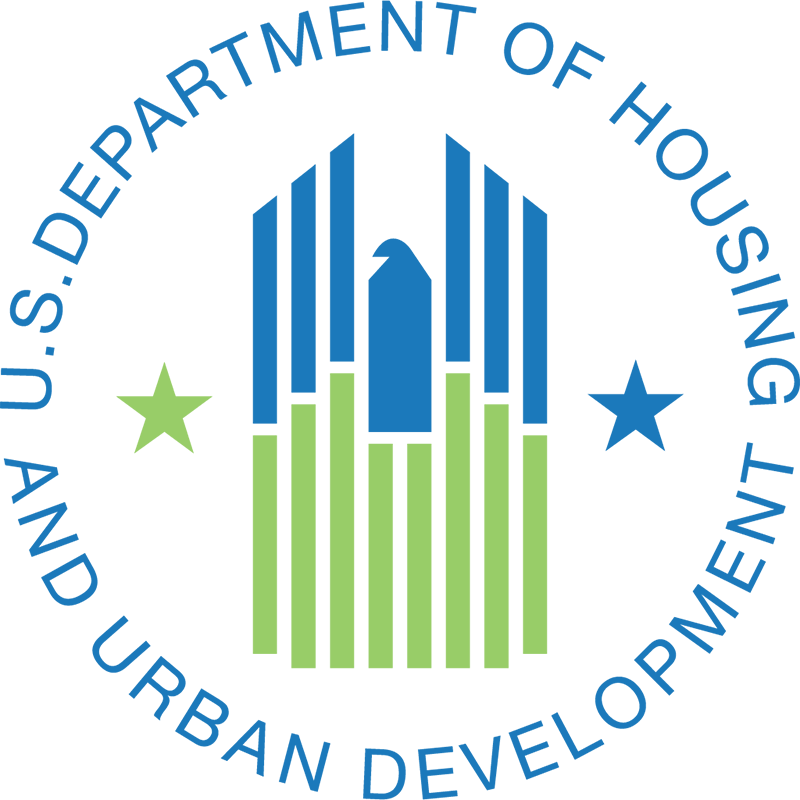HUD Report Finds Worst Case Housing Needs Continuing to Grow

On August 9, HUD released its biannual Worst Case Housing Needs Report to Congress. The report finds that, despite continued signs of a strengthening national economy, 8.30 million households had worst case needs in 2015, up from 7.72 million in 2013 and approaching the record high of 8.48 million in 2011. HUD defines worst case housing needs as renters with very-low incomes (below 50 percent of area median income) who do not receive government housing assistance and who spend more than half of their income on rent, live in severely inadequate conditions, or face both of these challenges. In 2015, the vast majority of households with worst case housing needs had severe housing cost burdens, while two percent lived in severely inadequate conditions.
According to HUD, demographic and economic factors explain most of the growth in the worst case housing needs, especially a notable shift from homeownership to renting that grew the number of very low-income renter households. Growing competition for a limited supply of affordable units, a widening rental assistance gap, and rising rents also increased the proportion of very low-income households with worst case housing needs.
The report finds that worst case housing needs impact all regions of the country and include all racial and ethnic groups, regardless of whether they live in cities, suburbs, or rural areas. The number of households with worst case housing needs increased from 2013 to 2015 across all racial and ethnic groups. The prevalence of worst case needs during 2015 was 47 percent for Hispanic renters, 45 percent for non-Hispanic White renters, 37 percent for non-Hispanic Black renters, and 41 percent for others.
For the first time, HUD’s report includes estimates of worst case housing needs for select metropolitan areas across the country. Regionally, the South and West were home to the most very low-income renters. These renters also had the highest prevalence of worst case needs and the lowest likelihood of receiving housing assistance.
Government housing assistance programs, including those provided by HUD, significantly reduce worst case needs and homelessness but are not available for all those who need assistance. Nationwide, approximately one in four very low-income households receive some form of rental assistance. The report finds that only a small share of very low-income renters—32 percent—avoided severe housing problems in the unassisted private rental market in 2015.

